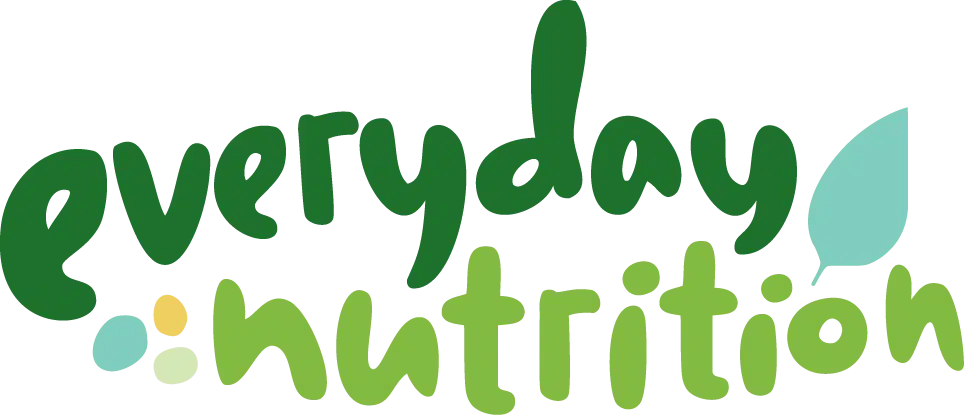The low FODMAP diet plan is not a forever diet. It’s a diagnostic tool that is intended to identify food triggers for symptoms of Irritable Bowel Syndrome (IBS) and then allow you to modify your long term diet to keep as much variety as possible, but at the same time minimise symptoms.
The Low FODMAP diet plan is conducted in 3 phases:
1. Low FODMAP Phase
2. Re-challenge Phase
3. Adapted low FODMAP Phase
Step 1: Low FODMAP Diet Plan Phase
The 2-6 week low FODMAP phase of the diet is designed to work out if removing high FODMAP foods from your regular meals makes a significant and consistent improvement in your symptoms.
This phase involves identifying the foods that you are eating that are high in FODMAPs and swapping them for low FODMAP alternatives. Once you have been on the low FODMAP diet plan phase for 2-6 weeks, and can confidently say that it has resulted in a significant improvement in your symptoms, you are ready to move onto the next step. If after 4-6 weeks, if you still haven’t experienced good symptom relief, it may be a good idea to troubleshoot with a specialist dietitian to determine whether to continue or explore other treatment pathways.
During this phase a FODMAP specialist dietitian can help you identify which foods contain FODMAPs, what you can eat, and ensure your diet stays balanced to help support your health and wellbeing.
Read on here for tips on how to get started.
Step 2: The Re-challenge Phase
The second phase of the low FODMAP diet plan involves re-challenging each of the FODMAP groups to identify which ones are the main culprits in your symptoms. Since at this point you are testing the FODMAP groups, re-challenge foods need to be chosen carefully to only contain one type of FODMAP. The information you gain from re-challenges can then be applied to other foods containing the same FODMAP group. Some FODMAP groups have more than one challenge, so there are 8-10 FODMAP challenges to complete. In most cases, it’s possible to do a challenge each week, with a few “washout” days between each challenge.
Your dietitian can help to structure and personalise a re-challenge schedule to suit your needs.
Read on here for more information on Challenges
Step 3: Modified Low FODMAP Diet Plan
The third phase of the FODMAP diet is where you get to personalise your diet and develop your own long term plan. By now you know which FODMAPs are your biggest triggers, and which ones you tolerate well. You can then use this information to methodically reintroduce high FODMAP foods into your diet to get as much variety as possible with a few tummy upsets as possible.
Some FODMAPs do restrict your access to certain nutrients like calcium, fibre or pre-biotics, so it’s important to discuss this with your dietitian. Your dietitian can help you plan and create a balanced long term diet which supports your health and wellbeing.








4 Comments